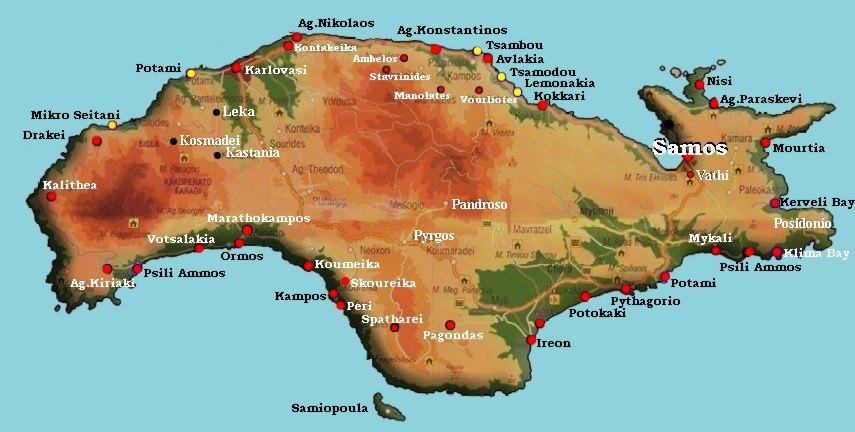
SAMOS ISLE
-
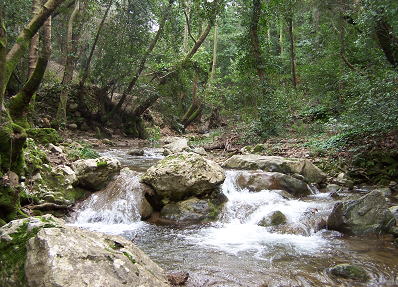
Green Green GREEN
SAMOS iS THE GREEN ISLE
The island of Samos is a very green island with many forests. Visitors are fascinated by the idyllic bays and sandy beaches that the island is scattered with. The island belongs to the eastern sporades island group (Aegean isles). The island is approximately 476 square kilometers and with a coastal line of about 140 kilometers it is very suitable for excursions on foot or by car. Roads are generally quite good. If you are interested in visiting one of the many monasteries or mountain villages, rent a car or a bike. The part of the isle between Pythagorion and Ireon is also very well suited for bicycles. Samos also has 2 mountain areas.
-
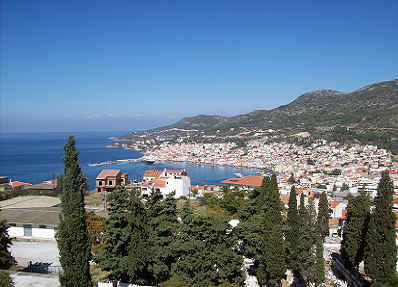
samos city
Samos-city (Vathy) has a population of 5500 inhabitants in total. This makes Samos town the largest city on the island. Samos has an overall population of about 32000 people. The airport is quite close to Pythagorion at about half an hour drive from Samos city, and only 5 km from Ireon. Samos city is the point of departure for many ferries to other Greek islands. The city offers a lively promenade with cosy restaurants and pubs. Public transport is well organized on the island by means of buses and taxis.
-
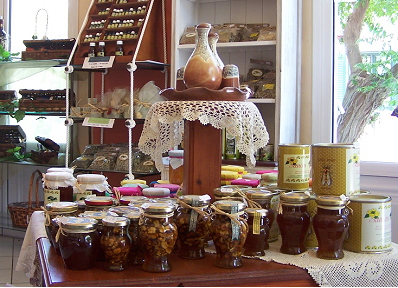
olives & wines
The climate on the island is moderate. The average temperature is between 15 and 23 °C. Daytime temperatures of up to 35°C during the summer season are no exception. Samos is mountainous with fertile valleys, it produces a wide variety of agricultural products of which olive, olive oil and several famous types of wine are the most important. The muscatel wine is known all over the world.
-
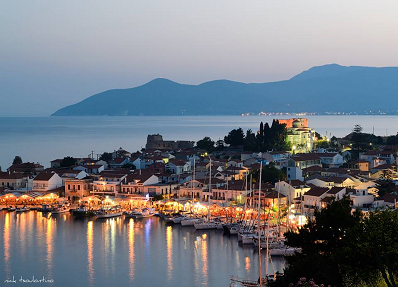
pythagorion
Samos fertility was once described as: "...even the chickens on Samos produce milk..." Pythagorion, 7 kms from Ireon, was the birthplace of the Greek mathematician and philosopher Pythagoras. You can visit the Ephalinos tunnels, the oldest water work in Greece and the archaeological museum.
-
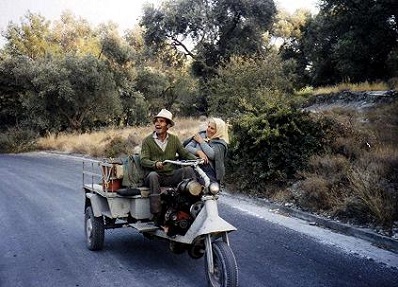
traditional live
Although Samos is a modern Greek Island with all nowadays facilities, sometimes a snif of traditional life is peeping up. This very old truck/car is still used by older people in the mountain villages.
